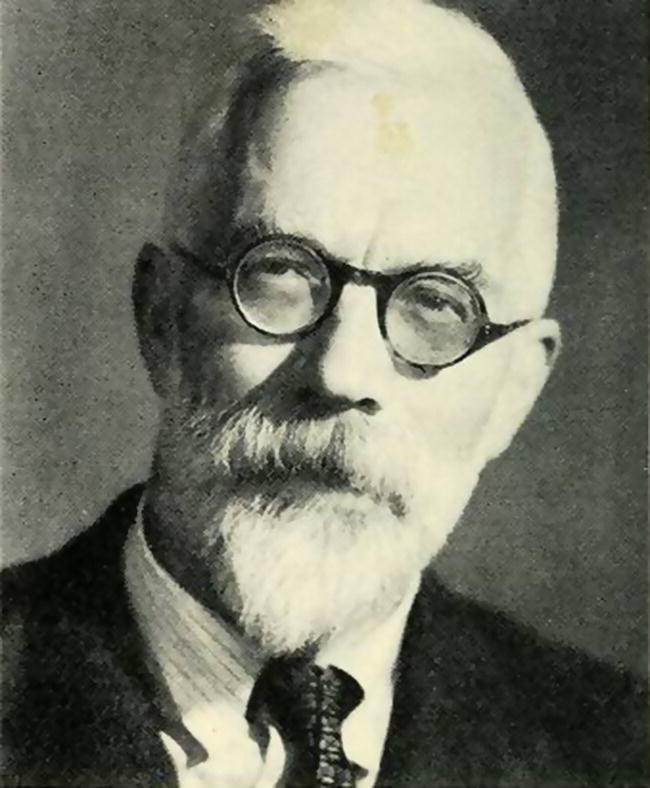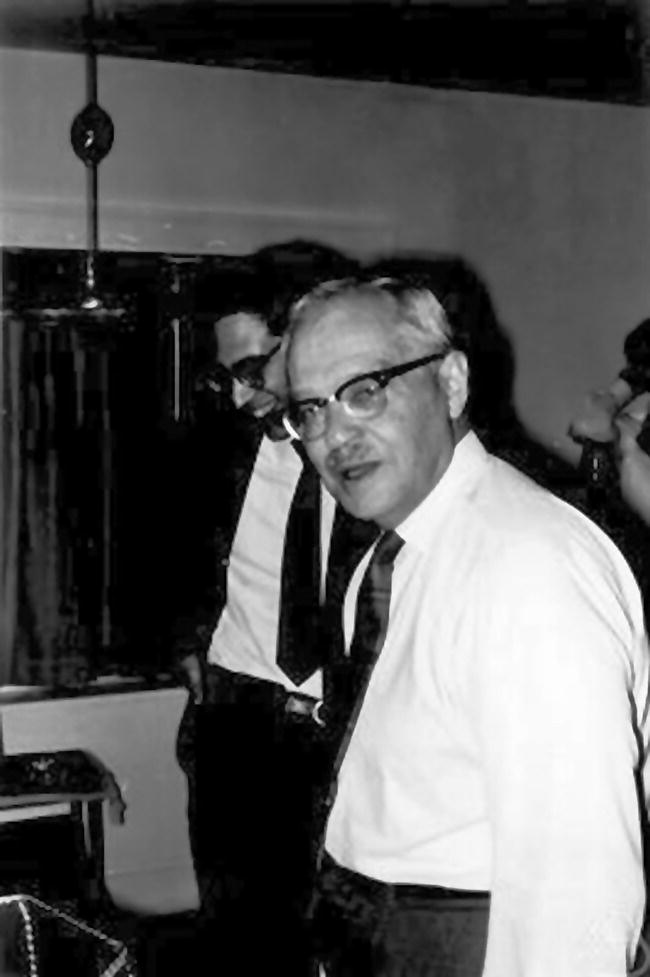1The Roots and Evolution of the Total Survey Error Concept
Lars E. Lyberg1 and Diana Maria Stukel2
1 Inizio, Stockholm, Sweden
2 FHI 360, Washington, DC, USA
1.1 Introduction and Historical Backdrop


In this chapter, we discuss the concept of total survey error (TSE), how it originated and developed both as a mindset for survey researchers and as a criterion for designing surveys. The interest in TSE has fluctuated over the years. When Jerzy Neyman published the basic sampling theory and some of its associated sampling schemes in 1934 onward, it constituted the first building block of a theory and methodology for surveys. However, the idea that a sample could be used to represent an entire population was not new. The oldest known reference to estimating a finite population total on the basis of a sample dates back to 1000 BC and is found in the Indian epic Mahabharata (Hacking, 1975; Rao, 2005). Crude attempts at measuring parts of a population rather than the whole had been used in England and some other European countries quite extensively between 1650 and 1800. The methods on which these attempts were based were referred to as political arithmetic (Fienberg and Tanur, 2001), and they resembled ratio estimation using information of birth rates, ...
Get Total Survey Error in Practice now with the O’Reilly learning platform.
O’Reilly members experience books, live events, courses curated by job role, and more from O’Reilly and nearly 200 top publishers.

